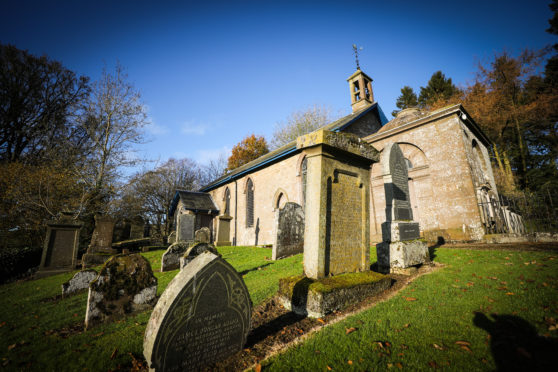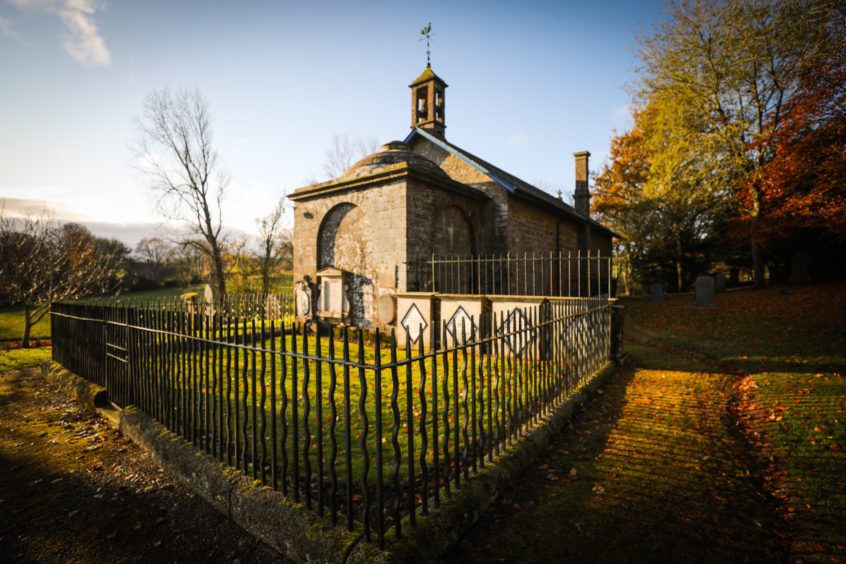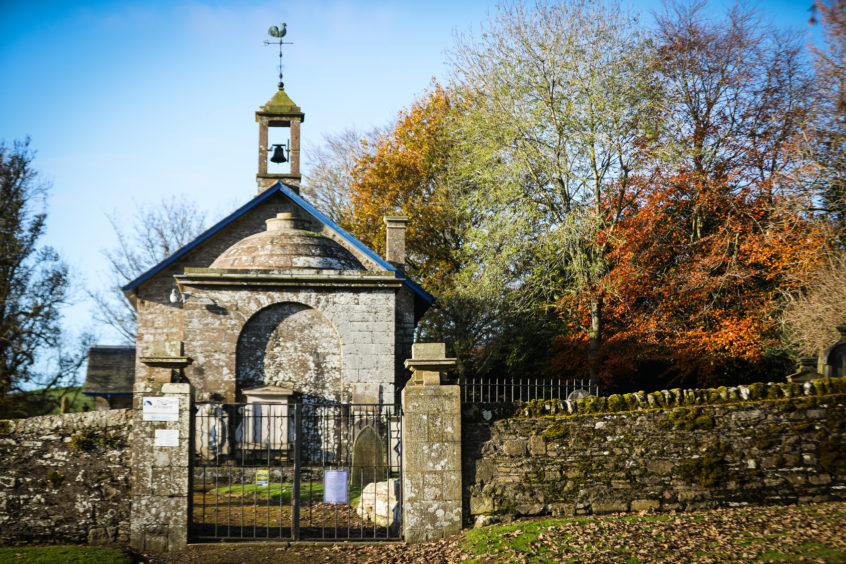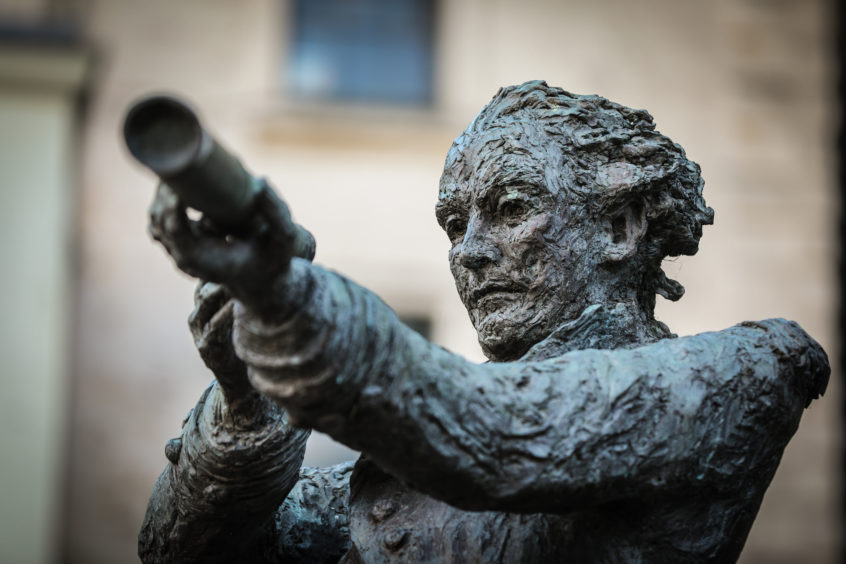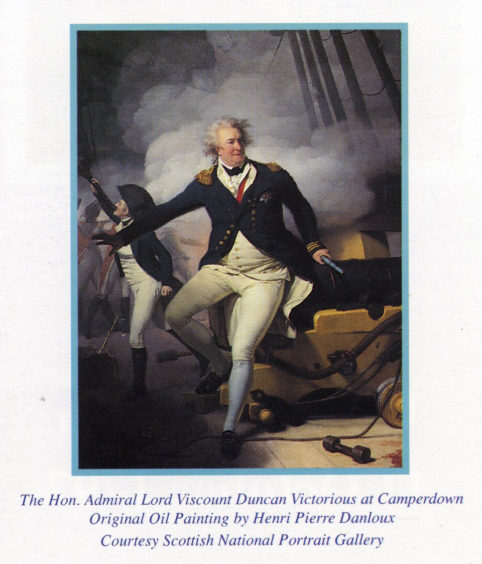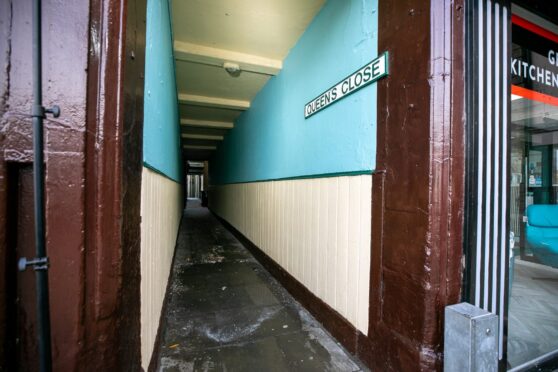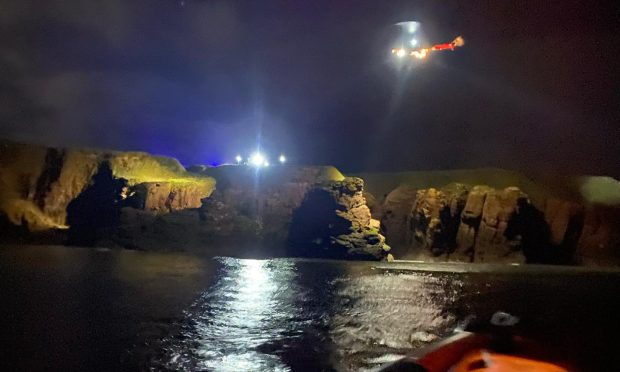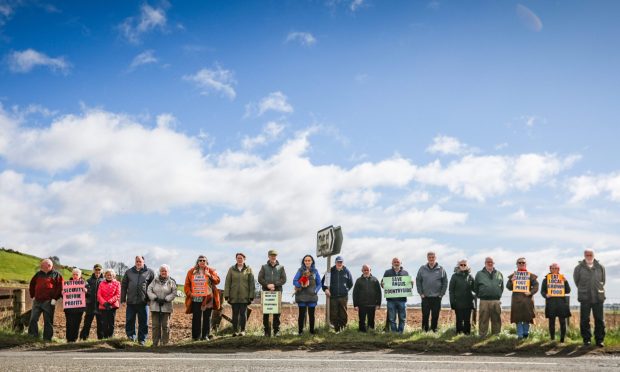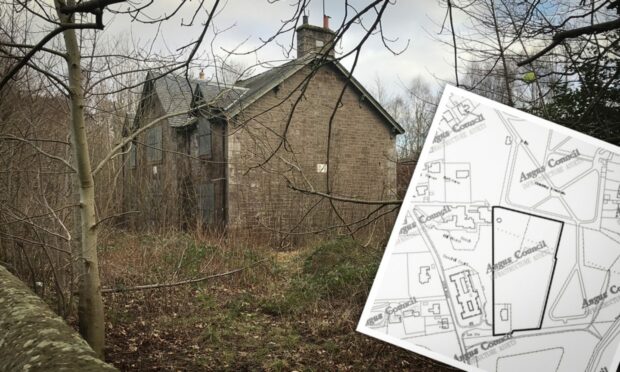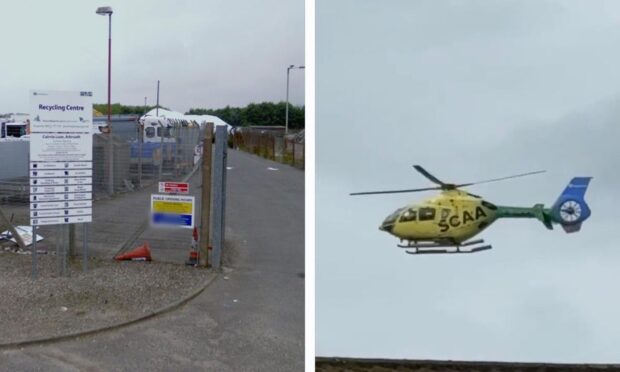Local ideas are being sought in the hope of keeping a nationally-important Angus church in community use.
The category A-listed kirk at Lundie dates back to the 12th century and is the final resting place of Admiral Duncan, who led the 1797 defeat of the Dutch in the Battle of Camperdown.
Independent charitable trust Historic Churches Scotland has been asked by the Church of Scotland to gather ideas for possible new uses, with the public being given the opportunity to look around the old building at a drop-in event later this month.
A trust spokeswoman said: “Lundie is a Category A-listed church of national significance located 10 miles north west of Dundee.
“The church includes the spectacular neo-classical Duncan mausoleum of 1789 designed by Robert Mylne.
“A new use is required to secure the future of building following its closure as a place of worship.”
The last regular Sunday worship at Lundie took place in June 2017. The church staged a special Christmas Eve service last December and a funeral was held their in August this year.
“We are keen to identify potential uses and users of the church, together with views on the suitability of new uses and any adaptations required,” added the trust.
The kirk was built on a small rise by the Durward family, which owned the surrounding land and is thought to have been founded as a resting place for monks travelling between St Andrews and Coupar Angus.
It originally belonged to the Priory of St Andrews and was dedicated to St Lawrence in the 12th century, with mention of it found in records dating back to the reign of William the Lion.
An annual St Lawrence fair is also thought to have been held in Lundie each August.
The building has undergone a number of changes in the intervening centuries, with major renovations in the late 1890s which resulted in the occupants of the Duncan family mausoleum being removed and interred in the family burial ground.
The kirk’s stained glass windows include a depiction of St Johannes, installed in 1894 in memory of local farmer George Hunter and his family, and another of the Tree of Life which was designed and made by a church regular.
As part of the consultation process there is a drop-in event at the church on Friday November 29 between 2 and 7pm to allow people not familiar with the building to see inside, and to get an idea of the potential it offers.
The Duncan Family Link
In the years following its 1618 union with neighbouring Fowlis – one of the earliest in the Church of Scotland’s history – Lundie kirk sat within the estate which the Duncan family bought from the Argyles.
Lady Mary Tufton had the mausoleum constructed in 1789 to honour her late husband, Sir William Duncan, who had been physician to King George II, and she was also later interred there.
Adam Duncan, born in 1731, rose to the rank of Admiral and recorded the historic victory at Camperdown.
Fought in October 1797 between the British fleet under Admiral Adam Duncan and Vice-Admiral Jan de Winter’s Batavian Navy vessels, the North Sea battle was the most significant action between British and Dutch forces during the French Revolutionary Wars.
It resulted in a complete victory for the British, who captured eleven Dutch ships without losing any of their own.
In defeat, de Winter was taken to Duncan and the Dutch officer held out his sword as a token of surrender.
Duncan is said to have refused the weapon, instead shaking De Winter’s hand and insisting: “I would much rather take a brave man’s hand than his sword”.
The bell from the Dutch flagship vessel Vrijheid found its way to Lundie but there is uncertainty over what eventually happened to it after decades of use calling the congregation to worship.
Admiral Duncan retired from the navy to run estates at Lundie and Gleneagles and records from the Angus kirk show he was ordained as an elder there in 1800.
Four years later, on his way home from London, he died suddenly in his sleep in the borders village of Cornhill, aged 73, and was laid to rest at Lundie.
